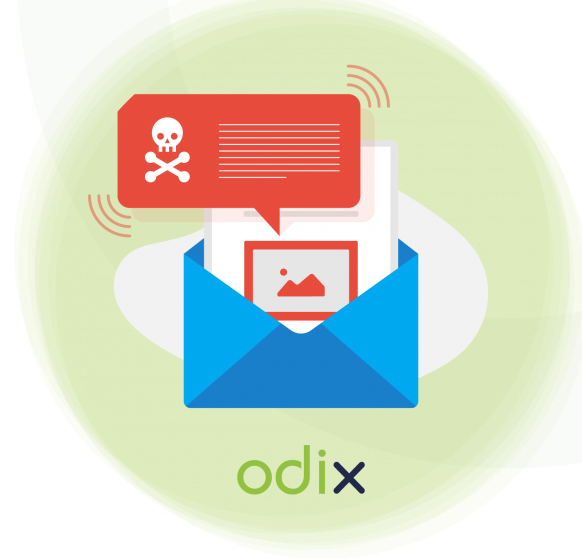
Email has become the lifeblood of global communication. Regardless of age or gender, nationality or economic status, anyone can access an email account and begin to engage with the world.
With near universal email accessibility, it’s of no surprise that, according to the Verizon 2020 Data Breach Report: “94% of malware attacks occur through emails.”
As email serves as the most critical intersections of data between individuals and companies alike, the need to provide effective malware prevention solutions at the gateway can be the difference between business as usual and front-page headlines of massive data loss.
Why should you care about email security?
“Organizations of all kinds are facing an uptick in email-based threats, endpoint-security gaps and other problems as a result of the sudden switch to a fully remote workforce,” says William Altman, Senior Analyst at the Global Cyber Center of NYC.
And in case you have been living under a rock for the past year, the global pandemic has done little to convinced global hackers to change their ways.
Email is the leading avenue for the transmission of malware
“Google tallied more than 18 million malware and phishing emails related to the novel coronavirus on its service each day in April 2020. It also reported identifying more than a dozen government-backed groups using COVID-19 themes for these attempts.”
As these trends indicate the email gateway must be robustly defended against all cyber risks (known or unknown) or the consequences could be catastrophic. While the process may seem complex, email security can be vastly enhanced by; controlling the flow of permitted files, integrating of multiple layers of malware defense and limiting admin access to essential staff.
Technology isn’t enough to prevent social engineering & Ransomware attacks
Legacy cybersecurity platforms, such as antivirus, SEG secured emails or sandbox-based platforms dramatically reduce the impact of malware through email. By providing, protection against common malware types and known-threats legacy cyber products form the heart of an effective email security policy.
These systems’ success is dependent on their definitions being up-to-date. Lapses in updates, incomplete malware directories or unpatched OS often leave critical systems unnecessarily vulnerable to attacks and data loss. By actively updating technologies with a proven record of preventing cyber-attacks, IT teams can focus their attention on filling the security gaps and improving cybersecurity awareness.
According to ZDnet “Around 55 percent of software installed on PCs across the globe is in the form of an older version of the application leaving them open to exploitation of system-level security vulnerabilities.”
Employee training decrease the risk of Social engineering, Spear Phishing & Ransomware attacks
Email security is often, rightfully tied to those who are accessing the emails. “According to Cofense thwarting phishing attempts comes down to user behavior and understanding is the best way to protect your business against some of the most common hacking methods. 95% of cybersecurity breaches are due to human error.”
Even with the best technology in place, human error can still be the downfall of any organization, and this is especially true in regards to cybersecurity. In order to effectively mitigate the risk of malware, business must rely upon a combination of employee training and best in class technology to close the gaps and minimize the cyber-attack surface.
Innovation and Experience to secure the email gateway
Securing your email is similar to preparing for a winter storm, layers are key. To provide the most comprehensive email protection business must combine layers of trusted legacy systems, native level security solutions and innovative email security technology, together to form a model which can insulate the email platform from any form of cyberattack.
Common legacy tools can notably improve email security. Tools such as; Antivirus, SEG secured systems, PKI Services & Managed Detection Services, all form a solid foundation for basic email security, and are an essential first step in securing your email.
Native level solutions such as Microsoft EOP or Microsoft Defender (ATP), have been developed to provide a first layer of deterrence against expanding threat of known malware.
These tools do a decent job of minimizing risk but have been shown to be significantly improved with additional third-party solutions, such as Content Disarm and Reconstruction (CDR) process which, when integrated on a native level, such as FileWall’s with Microsoft 365 Exchange online, can significantly decrease the treat of malware risk to the end user.
Making security the priority
Whether it you have an organization of 1 or 1000 the need to protect your email is clear and present. By blending the best legacy solutions, cutting edge cyber advancements and employee training organizations can significantly decrease their risk of email-based malware attacks.
As originally published on March 10th, 2021 by ai-TechPark